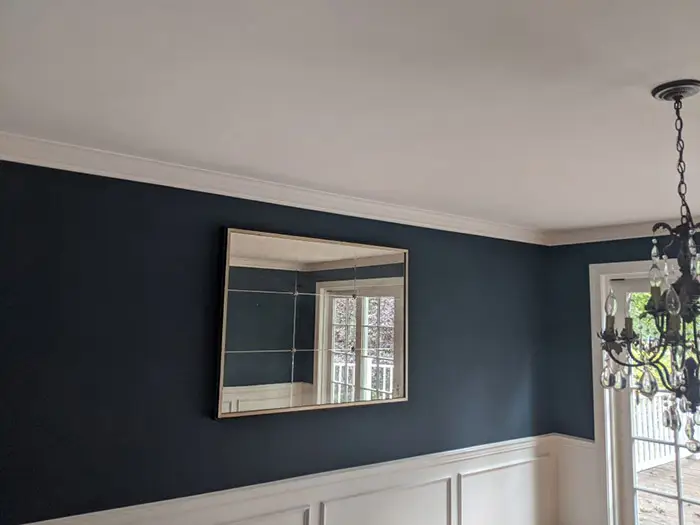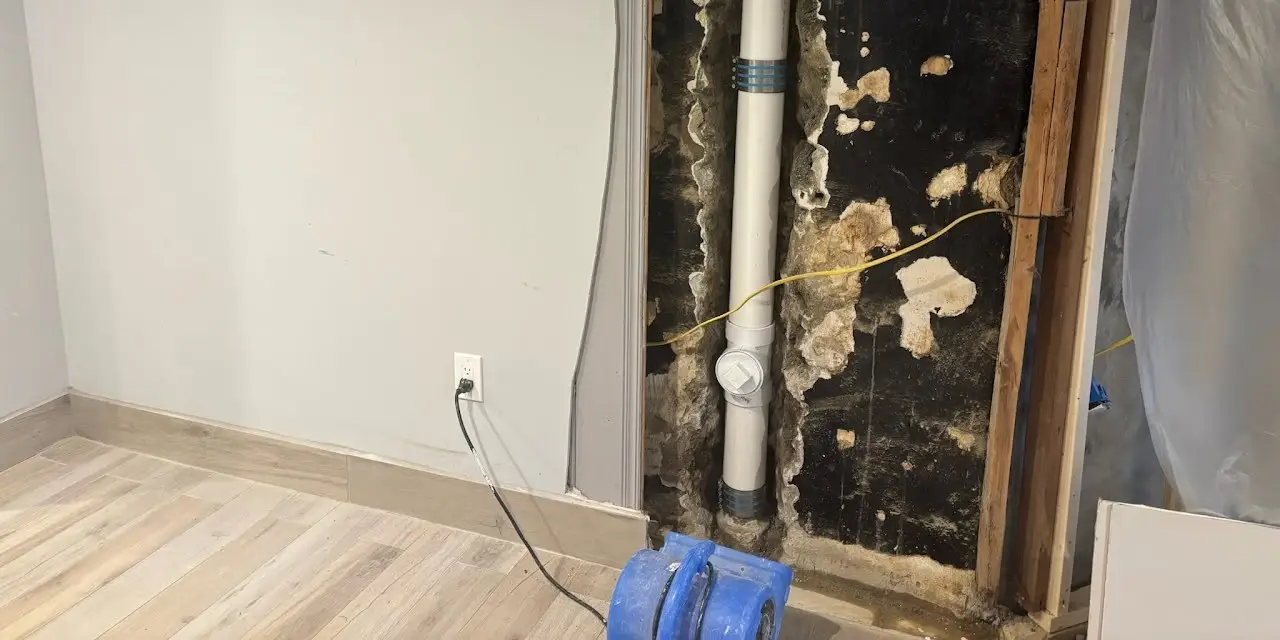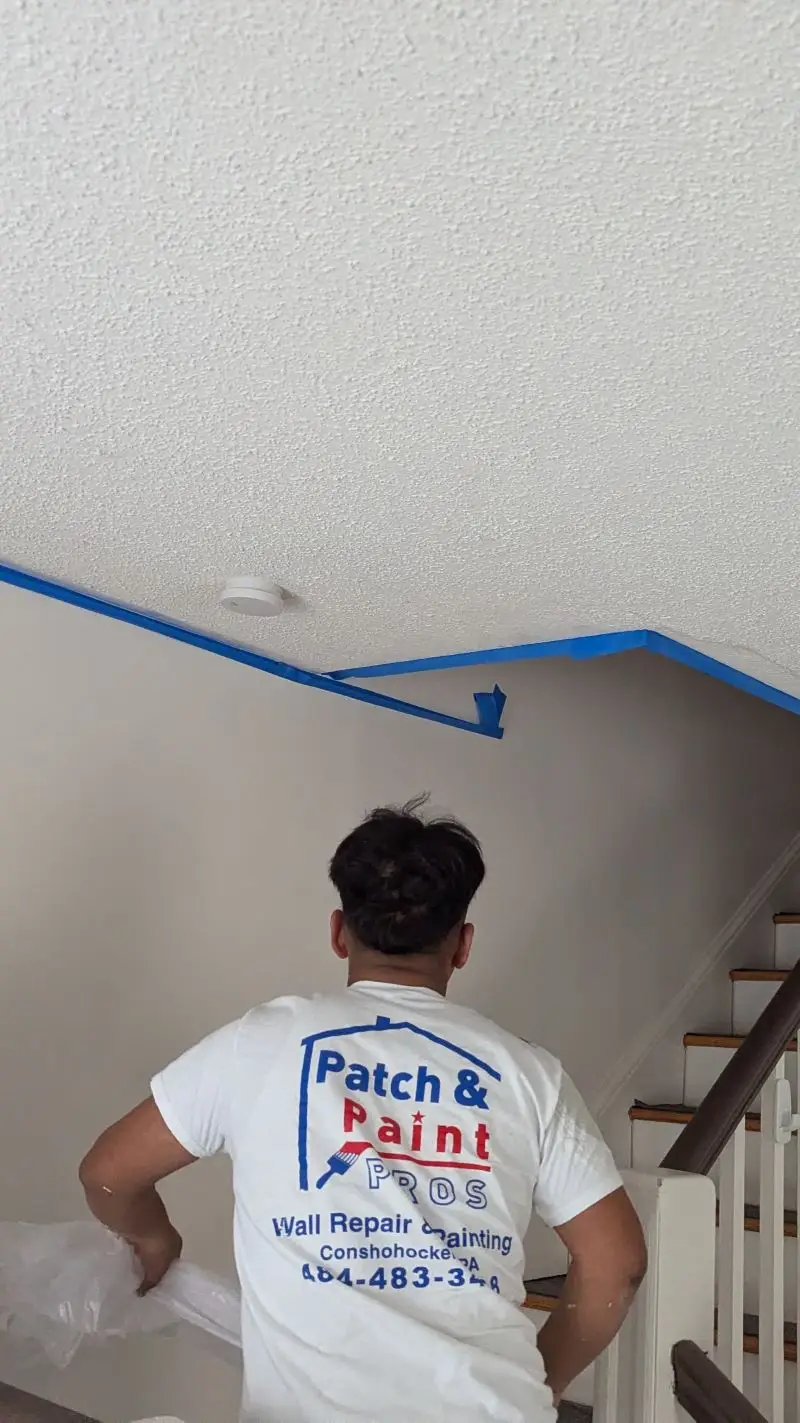Replacing drywall is a job that requires careful attention to detail and some know-how in order to get it done right. Before you take on the task of replacing your drywall, there are some important things you need to consider.
This article will provide an overview of what you should know before starting this job so that you can make sure it’s done safely and correctly. From gathering materials to patching any holes or cracks, this article will discuss all the steps necessary for successful drywall replacement.
Additionally, we’ll cover the tools needed for installation as well as highlight potential hazards so you can keep yourself safe during the process. So if you’re ready to dive into drywall replacement, read on!
Gather Materials
When it comes to replacing a sheet of drywall, it’s important to have all the required materials ready beforehand. Start by measuring the size of the space where the new drywall will be installed, and calculate the amount of material required based on the measurements. Depending on the project, you may also need specific types of drywall, such as moisture-resistant or fire-resistant drywall. If you don’t have the necessary tools, consider renting them, as drywall knives can be expensive and difficult to store.
In addition to the drywall itself, you’ll need joint tape, screws, and joint compound. It’s also important to have dust masks on hand to protect yourself from any airborne particles during installation.
Once you have all your supplies, you can begin patching any holes or cracks in the existing drywall before installing the new sheet. A drywall repair kit may come in handy for this step.
By being well-prepared and taking the time to properly patch any existing damage, you can ensure a successful drywall replacement project.
Patch Holes And Cracks
Replacing drywall is like putting together a puzzle: you need to find the right materials, create pieces that fit, and then assemble them into something beautiful. Before we get started with patching techniques, it’s important to have all of the necessary items at hand:
- Sandpaper
- Drywall compound
- Putty knife
- Matching texture material
Once you have everything ready, it’s time to start repairing your wall by filling in any holes or cracks.
The first step is to sand down the area until it’s smooth and even. Then use a putty knife to apply a thin layer of drywall compound over the damaged areas. Once this has dried for several hours, you can add more layers if needed before adding matching textures such as paint or spackle.
With these steps complete, you’re now one step closer to having an aesthetically pleasing wall! All that remains is preparing the room for installation.
Prepare The Room
Let’s start by measuring the room so we know how much drywall we’ll need; then we can gather all the materials we’ll need for the job.
Measure Room
If you’re dealing with a hole in drywall, cut out a piece of drywall that’s slightly larger than the damaged area to create a snug fit. Place the new piece over the hole and use a drywall knife to score around the edges. Snap off the excess and use screws to secure the piece to the wall stud.
When installing larger pieces of drywall, make sure to locate the wall studs and mark them accordingly. You can do this by using a stud finder or by tapping on the wall to listen for a solid sound, indicating the presence of a stud. Screw heads should be sunk slightly below the surface of the drywall to create a smooth finish.
With these basic techniques in mind, you can confidently measure, cut, and install pieces of drywall to replace damaged areas or cover entire walls.
Materials
Before you begin your drywall replacement project, it’s important to identify the type of damage you’re dealing with. Are there larger holes or just small drywall cracks? Depending on the type of damage, you may need different tools or supplies.
For example, if you have larger holes to repair, you may need to purchase drywall patches or mesh tape to reinforce the repair. For small cracks, you may only need to fill them with spackling paste or joint compound.
When you have identified the type of damage, make sure to gather the appropriate tools, including a drywall knife, sandpaper, and a hammer. Additionally, it’s important to keep track of any nail heads or screws in the damaged area to avoid damaging them during the repair process.
Having all of the necessary materials on hand before beginning your repair will save you time and frustration in the long run.
Install The Drywall
To install drywall sheets, it’s important to start with accurate measurements to ensure a proper fit and prevent gaps or overlaps between panels. Before hanging the drywall, be sure to repair any drywall damage or cracks with drywall mud and apply a drywall patch if needed.
When securing the drywall sheet to the wall surface, use a drywall screw gun with appropriate screws to ensure a secure fit. Be sure to maintain even spacing and placement for a neat and uniform finish.
When working with power tools, safety should always be a top priority. Follow all safety guidelines to prevent accidents or injury. Personal protective equipment, such as dust masks, eye protection, and gloves, should also be worn to protect against dust and debris.
By taking the necessary safety precautions and ensuring a well-prepared workspace, you can confidently tackle the installation of drywall sheets for an entire wall and achieve a professional-looking finish.
Safety Precautions
Before replacing drywall, it is important to take safety precautions. It is essential for anyone working on the project to wear masks and other dust protection materials such as goggles or gloves. Additionally, make sure any tools used in the replacement process are sharpened and in good condition so that no one gets injured while using them.
Here’s a list of things to keep in mind:
- Wear protective gear such as a mask and goggles when handling debris from the wall.
- Make sure all equipment being used is properly maintained and sharpened before use.
- Clear away furniture and other items around the area to ensure a safe work environment.
It is also important to clean up after you have finished your drywall replacement project; this will help prevent any future problems due to dust buildup. Vacuum regularly throughout the day and wipe down surfaces once you’re done for added protection against potential hazards like mold or mildew growth.
Taking these simple precautionary measures will create an overall safer experience during the drywall replacement process.
Final Thoughts
Replacing drywall can be a tricky job, so it’s important to take the necessary precautions and make sure you have all the right materials. With careful preparation, your new wall will look like professionally installed drywall when finished.
I’m always impressed with how much of an impact this simple project has on the overall appearance of a room. By taking the time to properly replace or patch up any damaged areas, you’ll end up with a beautiful space that looks brand new! So get ready–with some patience and skillful workmanship, replacing drywall is something anyone can do.





